Efficiently managing your inventory is essential to all aspects of your business. Whether you’re an e-commerce vendor or maintain a brick-and-mortar presence with e-commerce capabilities, knowing your stock’s status in your supply chain at all times determines how you will proceed with the day-to-day management of your business. Accurately managing your inventory levels can mean the difference between smooth, seamless customer transactions and frustrating, out-of-stock, and backorder messages that can hurt your business. At Phase V, our easy-to-use inventory management system is designed to give you the tools to improve inventory management and cut unnecessary costs.
What Is Inventory Management?
Inventory management involves a series of steps that help you track your inventory. Knowing how much inventory you have at any given time allows you to determine how much inventory you need to stock for upcoming sales cycles and whether or not you need to place orders from your suppliers. Good inventory controls show you what products are trending and selling faster than others and which products aren’t moving over a set period. Your manufacturers also need to know how much raw materials to purchase to supply your business with enough product to fill your orders. Efficient inventory management keeps your products moving seamlessly through your supply chain and helps ensure accurate demand forecasting. Keeping enough inventory on hand but not too much can be a balancing act but it’s important to the efficient running of your business. If you have too much inventory sitting in warehouses, you run the risk of:
- Paying extra for storage space
- Products expiring before you can sell them
- Products losing quality over time or becoming obsolete due to going out of season, out of style, or being rendered otherwise unsellable
- Tying up cash that could be used to expand into new product areas or for product development
- Owing more taxes because your excess inventory counts add to your assets
Basic Inventory Management Principles To Implement
Some basic principles and methods that can improve your inventory management include:
- Setting par levels – Determine how much stock you need to keep on hand to fill orders for various cycles, for example, more for the holiday season and seasonal products and less for slower cycles.
- Safety stock – Stock that’s set aside for emergencies, such as supply chain disruptions, damaged products, and other events that may prevent merchandise from reaching your warehouse. When thinking about safety stock, keep the following formula in mind, Safety Stock = (Maximum Daily Usage x Maximum Lead Time) – (Average Daily Usage x Average Lead Time).
- Setting reorder points – Decide the level for each of your products when you need to replenish your stock. Once you know your safety stock level, add the lead time necessary to determine the ideal point for placing your restocking orders. Use this formula, Reorder Point = Lead Time Demand + Safety Stock
- First in, first out (FIFO) – Rotate your stock so that the products that have been in the warehouse for the longest amount of time go out first, and the products that came in later are stored behind the older items. This is an essential practice when storing perishable items and items with expiration dates but is a good rule of thumb for all your products as package designs for the same product may change from time to time and you want to send out the most current iteration of your products.
- Develop relationships – Direct and open communication with your suppliers can save the day when you need a fast shipment for products that are selling faster than you planned. Strong relationships can help you out when you need to replace slow-selling items with a faster-moving product. Keeping your manufacturer abreast of your product needs allows them to ramp up their production for fast-selling products and notify their suppliers that they will need more raw materials to produce your increasing sales of certain items. Good communications with your suppliers may make them more willing to work with you to lower minimums when you need to order more products but do not want to fill up your warehouse with too many items that you cannot guarantee will sell fast enough.
- Contingency planning – Develop a backup plan to compensate for unexpected events such as sales spikes, cash flow shortages, inventory miscalculations, not enough room in your warehouse, manufacturer shortages, and manufacturers discontinuing products without notice.
- Regular auditing – Whether you do a physical count of your inventory, perform sales cycle counts, or spot check items periodically, auditing your inventory provides checks and balances for your inventory accuracy. It also gives you insights into the future of different products that you can use for promotions and clearance events.
- Demand forecasting – When planning for busy sales cycles, consider a variety of data to help you determine how much stock to have on hand, without overloading your 3PLs warehouse with more stock than you need. It’s tricky since you never know what might happen but generally speaking, demand forecasting can be conducted by analyzing:
-
- Market trends
-
- Prior year sales during the same period
-
- Your annual growth rate
-
- Sales guaranteed from contracts and subscription orders
-
- Overall economy and outlook
-
- In-season or out-of-season sales
-
- Promotional sales
-
- Planned advertising spending
Inventory Management Systems
To optimize your inventory management, your fulfillment provider’s inventory management technology should offer you a relevant set of tools to reduce costs and improve your cash flow to help expand your business. Phase V’s tech-empowered 3PL inventory management system provides you a centralized view of your inventory in real-time, from all of your multi-channel outlets. Our inventory management software integrates directly with your shopping carts so that inventory amounts are adjusted at the point of sale. From our user-friendly dashboard, you can improve your inventory management by performing other functions, that allow you to:
- Help forecast demand for upcoming cycles
- Set alerts that prevent product and production shortages
- Prevent sending excessive stock to your 3PL’s warehouse
- Allow users easy inventory analysis on any device
- Optimize warehouse organization
- Scale labor to meet order processing needs
- Access SKUs and UPC barcodes for more accuracy of orders
- Allow for tracking inventory across several locations or warehouses
- Group items for more systematic shipping
- Choose items to be assembled for kitting and bundling orders
- Efficiently manage returns and exchanges
Phase V offers end-to-end fulfillment solutions that scale easily as your business grows, starting with our state-of-the-art warehouse management system and our newly expanded facilities. Upon receiving your inventory, our warehouse logistics team inspects your products for quantity and quality. Assigning your inventory universal SKUs, we store your inventory in a dedicated, organized space in our air-conditioned, humidity-controlled warehouse. Our inventory management system then allows you to view all order fulfillment and inventory management activities in real-time, tracking your orders from our warehouse to their final destinations.
Contact Phase V today to discuss how we can set you up for success with our inventory management system that allows you to customize your fulfillment plan, receive restocking alerts and help you with demand forecasting for a more profitable future.



